The Library and Archives Canada Departmental Plan, the official basis on which Parliament votes funds for the fiscal year starting 1 April, is now online at https://www.bac-lac.gc.ca/eng/about-us/report-plans-priorities/departmental-plan-2022-2023/Pages/Departmental-plan-2022-2023.aspx
Just as last year, the 2022–23 Departmental Plan is built around two strategic priorities: optimizing its digital capacity and transforming its services.
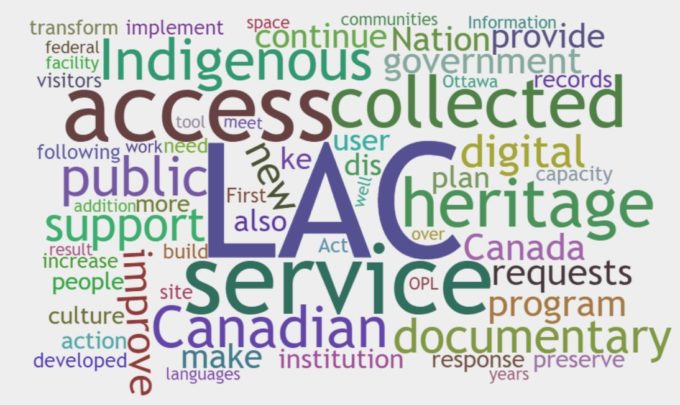 As researchers, we are most interested in LAC’s role in providing access to documentary heritage. The following is extracted from a table showing the planned results, the result indicators, the targets and the target dates for 2022–23, and the actual results for the three most recent fiscal years for which actual results are available.
As researchers, we are most interested in LAC’s role in providing access to documentary heritage. The following is extracted from a table showing the planned results, the result indicators, the targets and the target dates for 2022–23, and the actual results for the three most recent fiscal years for which actual results are available.
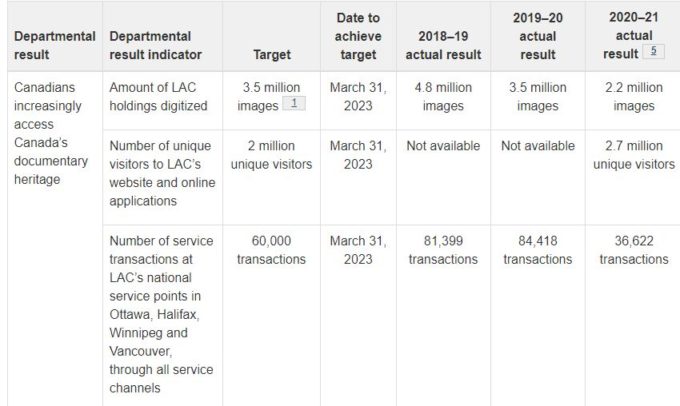
The amount of new digitized holdings is planned to be returned to the 2019-20 level of 3.5 million after the pandemic decline of 2020-21. However, 3.5 million is a substantial decline from 4.8 million in 2018-19 and 10.2 million in 2017-18.
The plan also calls for a decline in unique visitors to LAC’s website, from 2.7 million in 2020-21 to 2 million. Planned service transactions also show a decline from pre-pandemic levels.
Experienced researchers already familiar with LAC collections may be uneasy when reading this paragraph on risk.
Following the construction of Ādisōke, LAC must fundamentally rethink its service offerings. When Ādisōke opens in 2026, it is anticipated that the vast majority of visitors will be unfamiliar with LAC’s collection and services. This will be an opportunity for LAC to connect with new audiences, provided that the institution plans for this shift now.
There’s a promise of “a new strategy to … fundamentally transform its services by focusing on users’ needs and the user experience, and by continuously improving them.” It’s essential that the strategy incorporates the needs of the academic and independent researcher communities, including genealogists.
Last year I looked at the number of mentions of some keywords giving insight into importance and trends. Here they are in this year’s plan with last year’s in parathesis: Digit* 66 (55), Continu* 33 (36), Indigenous 42 (10), * Innov 6 (5), Geneal* 2 (1), Ādisōke 23 (0), newspaper 1 (0), director* 0 (0), census 0 (0).
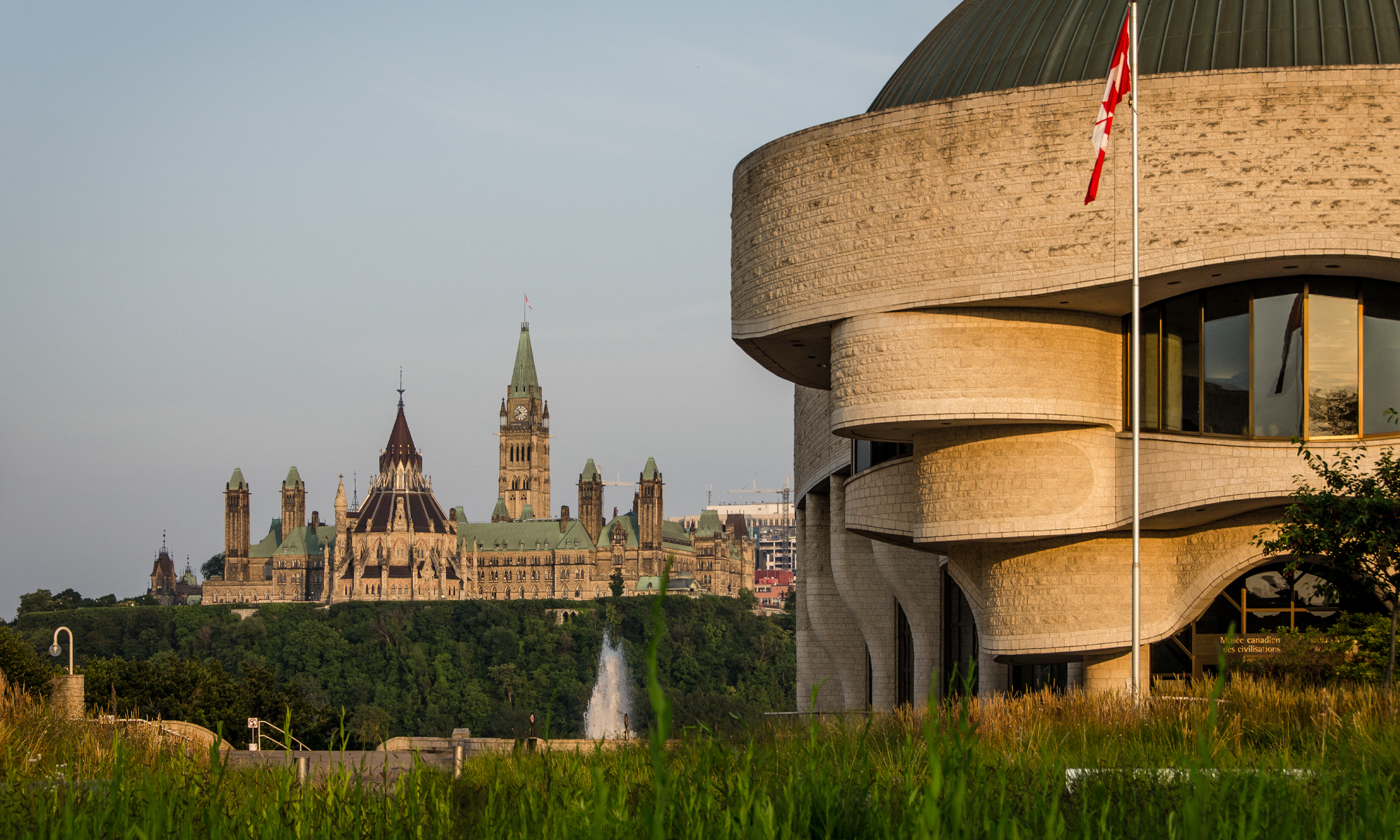

 Remember Library and Archives Canada at 395 Wellington? Perhaps access restrictions have kept you away for months, or even a couple of years.
Remember Library and Archives Canada at 395 Wellington? Perhaps access restrictions have kept you away for months, or even a couple of years.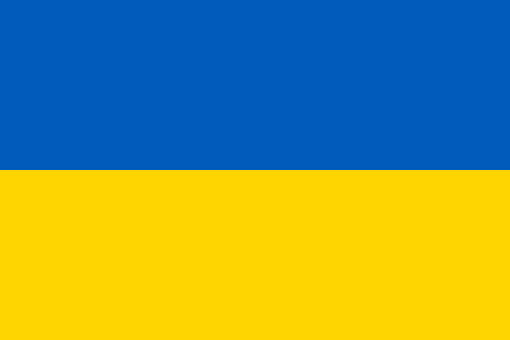
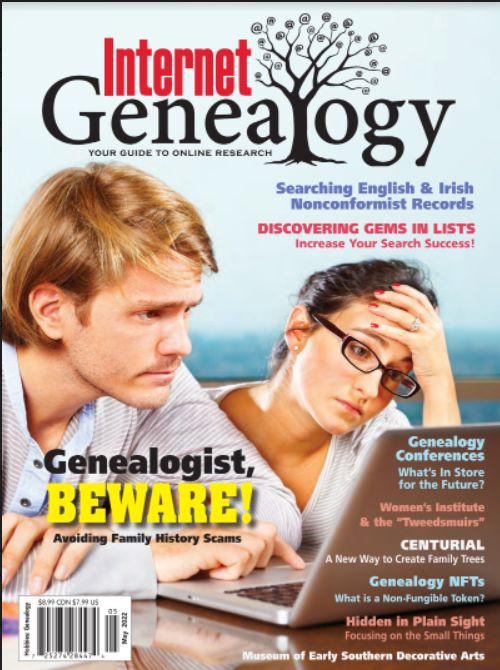 The April/May issue of
The April/May issue of  The FreeBMD Database was updated on Wednesday 6 April 2022 to contain 284,660,839 unique records,
The FreeBMD Database was updated on Wednesday 6 April 2022 to contain 284,660,839 unique records,  You can now access service files for the Corps of Royal Electrical and Mechanical Engineers regiment transferred to the UK National Archives from the Ministery of Defence. They are individually catalogued online in WO 420.
You can now access service files for the Corps of Royal Electrical and Mechanical Engineers regiment transferred to the UK National Archives from the Ministery of Defence. They are individually catalogued online in WO 420.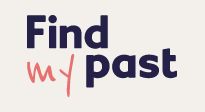 UK Quaker Deaths entries in this collection document in more or less detail the lives of many Quaker members. Most have standard biographical information – name, age, death date, position within the Society. More notable people may rate obituaries, even two or three pages.
UK Quaker Deaths entries in this collection document in more or less detail the lives of many Quaker members. Most have standard biographical information – name, age, death date, position within the Society. More notable people may rate obituaries, even two or three pages. The
The 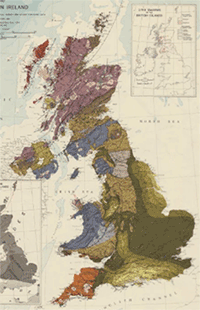
 Perhaps your attention is immediately grabbed by MAPS on this magazine cover.
Perhaps your attention is immediately grabbed by MAPS on this magazine cover.